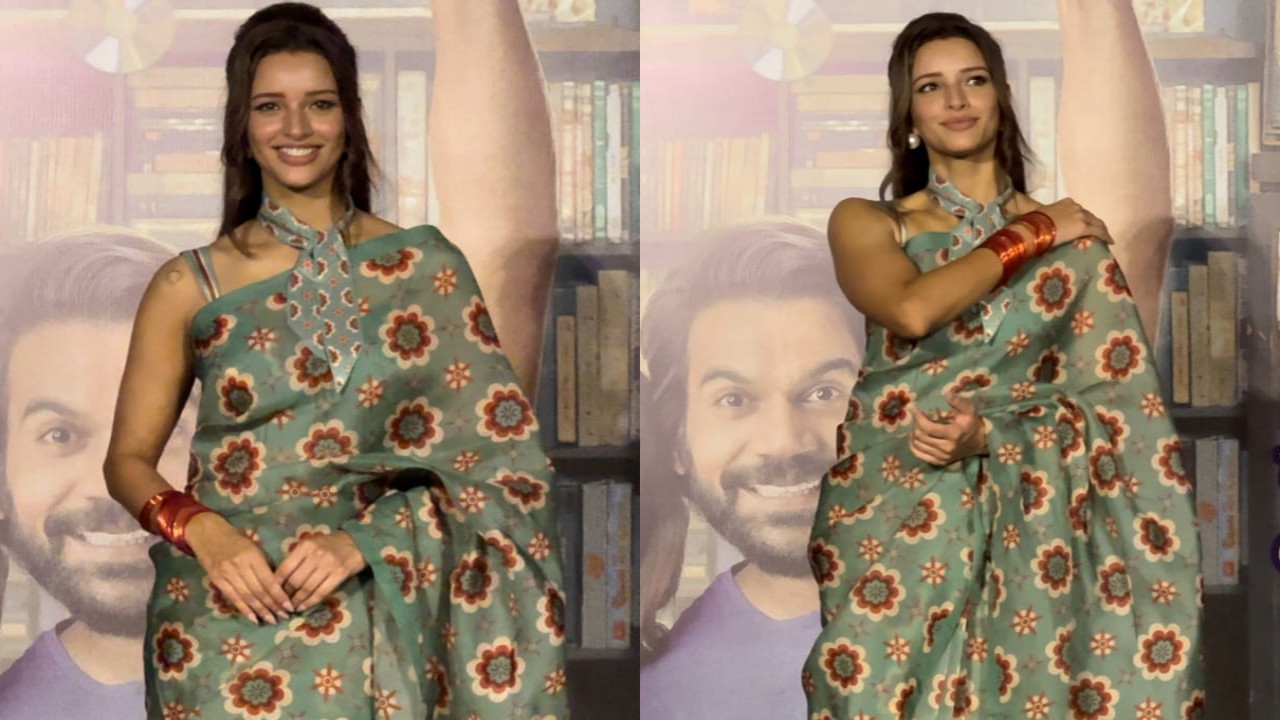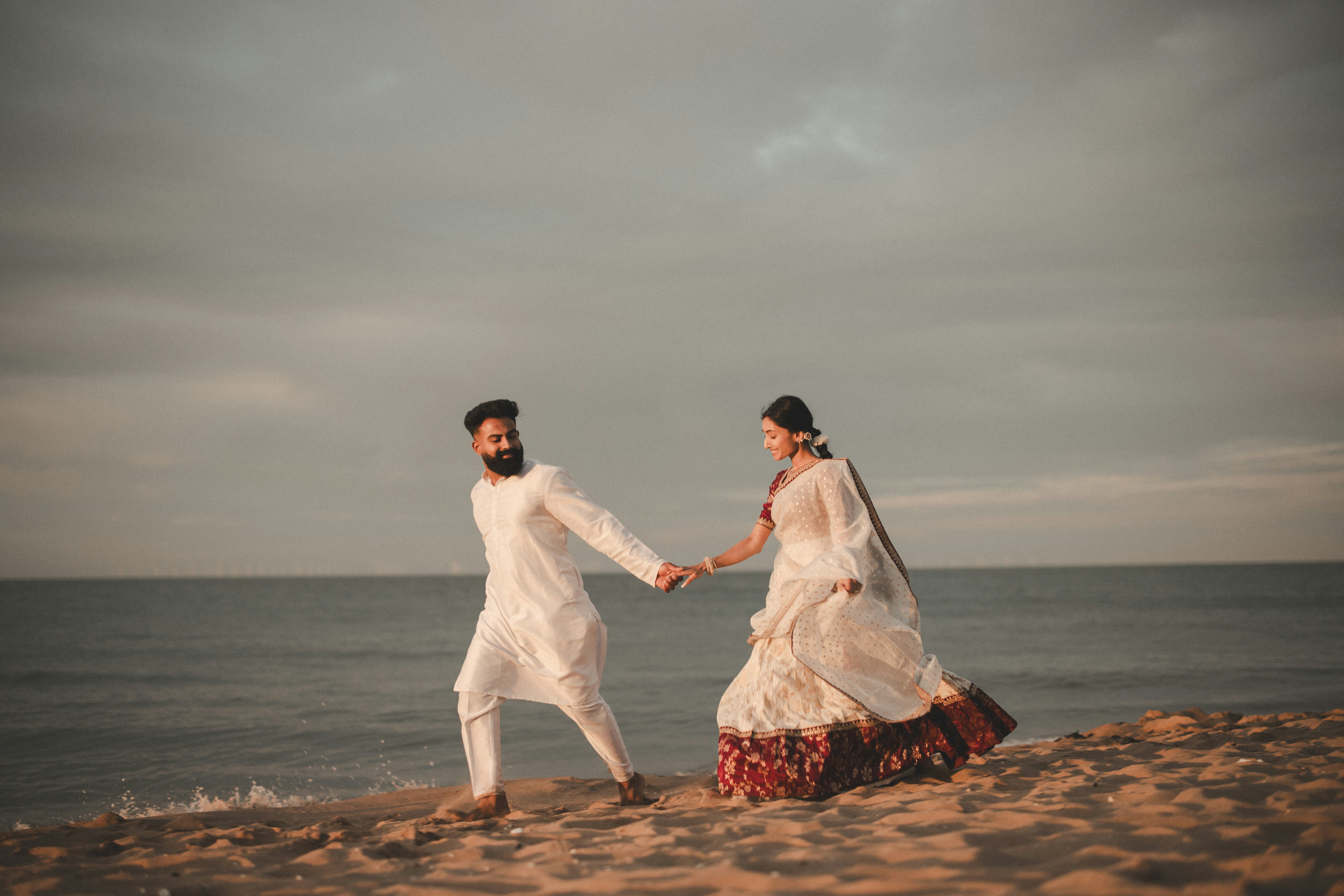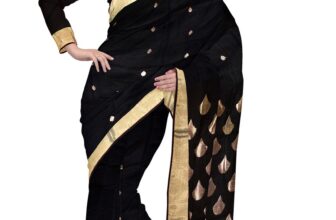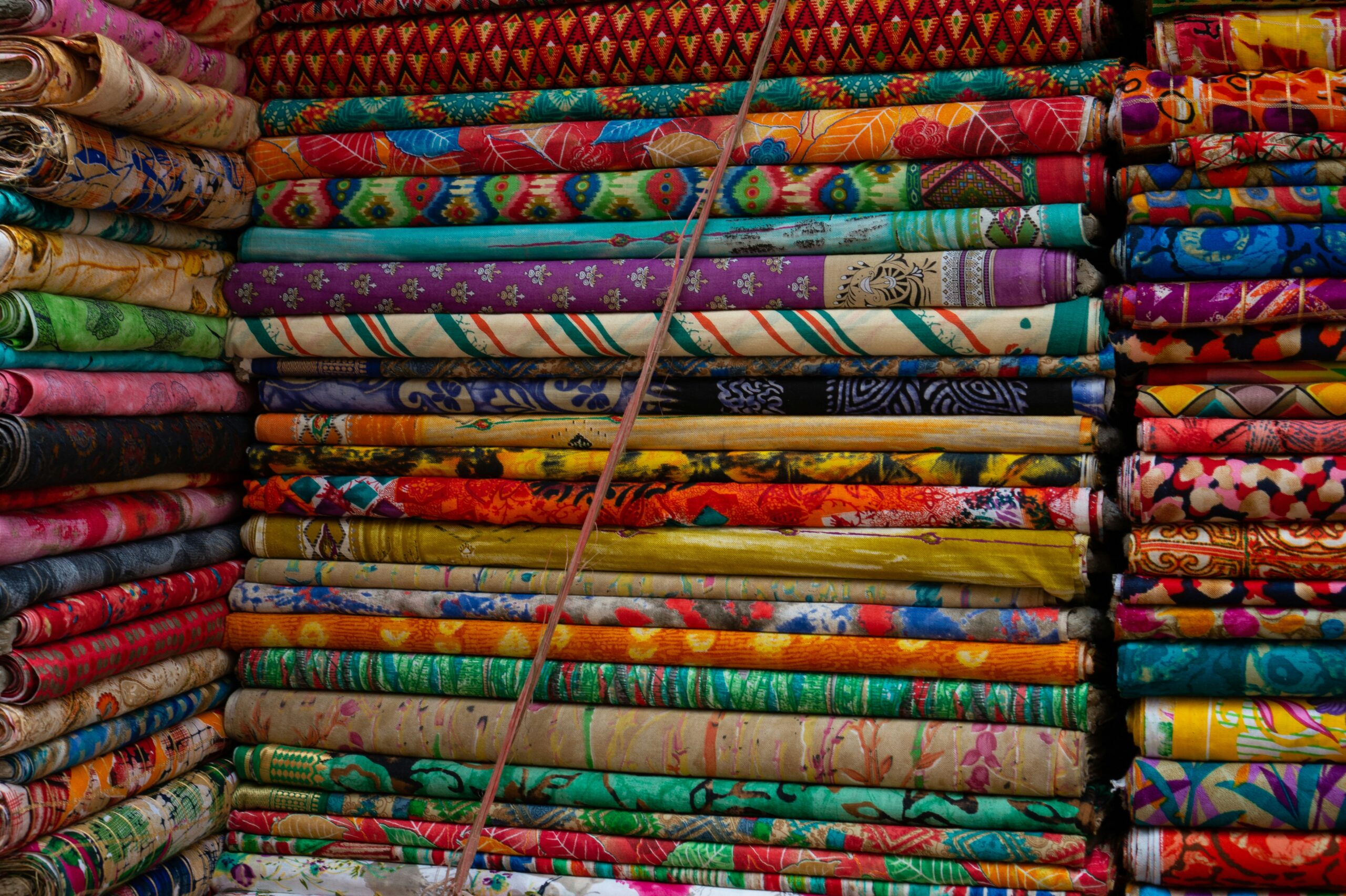
Fashion is cyclical, and the timeless charm of vintage sarees has once again captured the attention of style enthusiasts around the world. Whether it’s their intricate handwoven fabrics, rich colors, or the nostalgic appeal they evoke, vintage sarees are making a strong comeback. Bringing retro vibes to modern fashion, these sarees represent not just a piece of clothing but a cultural heritage passed down through generations. In this blog, we’ll dive into the reasons behind the resurgence of vintage sarees, how to style them, and why they remain a must-have for every fashion-forward wardrobe.
The Timeless Appeal of Vintage Sarees
Sarees, one of the oldest forms of clothing in the world, have evolved over time but have always held a place of importance in Indian fashion. Vintage sarees, in particular, are cherished for their unparalleled craftsmanship and the stories they carry within their threads. From handloom weaves to traditional block prints, each vintage saree represents a specific period of Indian history and regional heritage.
Unlike modern mass-produced sarees, vintage sarees often feature natural dyes, handwoven silk, cotton, or muslin, and are crafted with great attention to detail. The weaving techniques and patterns passed down through generations give vintage sarees their unique character.
Why Vintage Sarees are Making a Comeback
Sustainability: One of the biggest reasons for the revival of vintage sarees is the growing trend toward sustainable fashion. With consumers becoming more conscious of the environmental impact of fast fashion, vintage clothing offers an eco-friendly alternative. By embracing sarees from past decades, we are not only reducing waste but also valuing slow fashion that celebrates quality over quantity.
Cultural Pride: Vintage sarees bring with them a sense of cultural pride. Many women are drawn to the heritage and tradition that vintage sarees represent, embracing their roots in a way that honors the past. Wearing a saree that once belonged to a grandmother or great-aunt can also carry emotional significance, creating a connection to family history and cultural identity.
Distinctive Aesthetic: The unique patterns, intricate detailing, and bold colors of vintage sarees create a look that stands out from today’s trends. Whether it’s a Banarasi silk saree, a Chanderi cotton, or a Kanjeevaram masterpiece, vintage sarees offer a rare aesthetic that resonates with fashion lovers who seek individuality in their wardrobe.
Celebrity Influence: Many Bollywood celebrities and influencers have embraced vintage sarees, showcasing them at weddings, award functions, and red carpet events. Their adoption of vintage styles has sparked a renewed interest in traditional Indian textiles and designs, encouraging more people to incorporate vintage sarees into their fashion repertoire.
Key Vintage Saree Styles to Look For
Banarasi Silk Sarees: These sarees are known for their luxurious silk fabric and intricate zari (gold thread) work. Vintage Banarasi sarees often feature floral and paisley motifs and can be passed down as heirlooms due to their high-quality craftsmanship.
Chanderi Sarees: Known for their lightweight texture and fine silk-cotton blend, vintage Chanderi sarees are perfect for those who want a classic yet breezy look. These sarees often feature geometric or floral motifs, making them ideal for both casual and festive occasions.
Kanjeevaram Sarees: Kanjeevaram sarees are renowned for their thick, rich silk and heavy borders. Vintage Kanjeevarams are especially prized for their durability and the use of real zari. The traditional motifs on these sarees often depict mythological stories, making them a piece of art.
Patola Sarees: Originating from Gujarat, Patola sarees are handwoven masterpieces known for their double ikat weaving technique. Vintage Patola sarees are rare and highly sought after due to the skill and time required to create them.
Bandhani Sarees: Vintage Bandhani sarees from Rajasthan and Gujarat are known for their tie-dye patterns and vibrant colors. These sarees bring a playful, youthful vibe while retaining their cultural significance.
How to Style Vintage Sarees for a Modern Twist
While vintage sarees are steeped in tradition, they can easily be styled to create a chic, contemporary look. Here are some ideas on how to bring a modern twist to your vintage saree styling:
Blouse Pairing: Instead of sticking to the traditional matching blouse, experiment with modern blouse designs. Try pairing your vintage saree with a high-neck, sleeveless, or off-shoulder blouse. You can even opt for contrasting colors to make your saree stand out.
Statement Jewelry: Vintage sarees and statement jewelry go hand in hand. Large jhumkas, layered necklaces, or a bold choker can instantly elevate your look. For a more modern touch, try pairing your saree with contemporary silver or oxidized jewelry.
Belt It Up: Cinching your waist with a belt can add a structured look to a flowing vintage saree. This modern accessory not only enhances your figure but also gives your saree a fusion appeal.
Footwear: Swap the traditional sandals or heels for something more modern like boots or platform shoes. The mix of traditional saree and contemporary footwear creates an unexpected yet fashionable look.
Layer with Jackets: For a completely modern take, throw on a leather or denim jacket over your vintage saree. This layered look is perfect for casual events or even fusion wedding attire.
Caring for Your Vintage Saree
Preserving a vintage saree requires special attention due to its delicate fabric and intricate designs. Here are some tips on how to care for your vintage saree:
Store Properly: Vintage sarees should be stored in a cool, dry place. Wrap them in a muslin cloth to avoid any damage from moisture or insects. Avoid hanging heavy sarees like Kanjeevarams, as they may lose shape over time.
Gentle Cleaning: Always hand wash your vintage saree or dry clean it, especially if it has intricate embroidery or zari work. Avoid harsh detergents and opt for gentle cleansers.
Airing: It’s important to air out your vintage sarees occasionally to prevent any odor or moisture buildup. However, avoid direct sunlight, as it may cause the colors to fade.
Iron with Care: Use a low-heat setting when ironing your saree, and place a thin cloth between the iron and the saree to prevent direct heat exposure.
Conclusion
Vintage sarees are more than just a fashion statement; they are a celebration of culture, craftsmanship, and history. Their return to mainstream fashion signifies a growing appreciation for sustainable, timeless style. Whether you’re looking to embrace retro vibes or simply want to add a touch of elegance to your wardrobe, vintage sarees offer endless possibilities. By blending traditional designs with modern styling, vintage sarees allow you to create a unique look that is both classic and contemporary.





